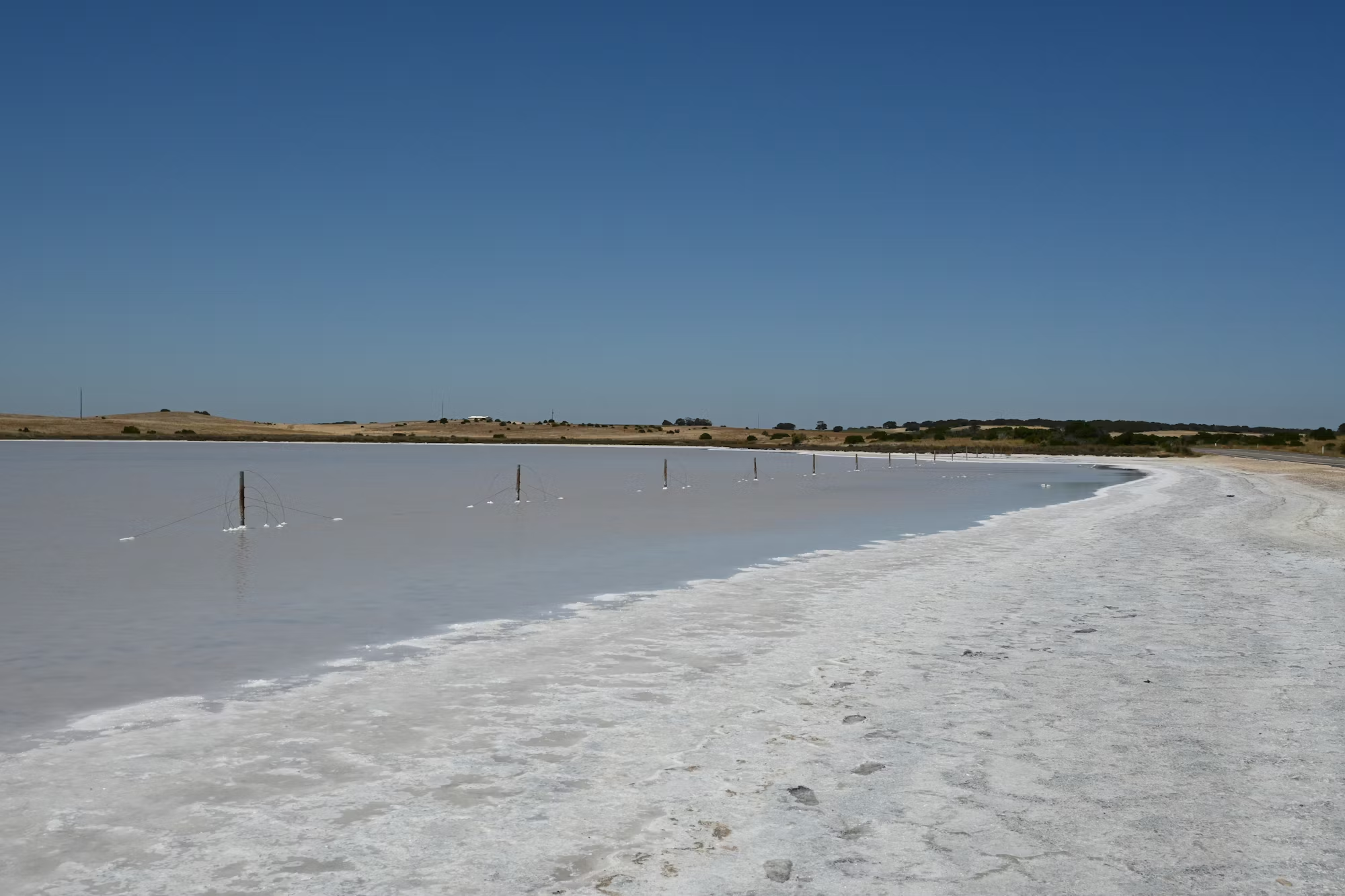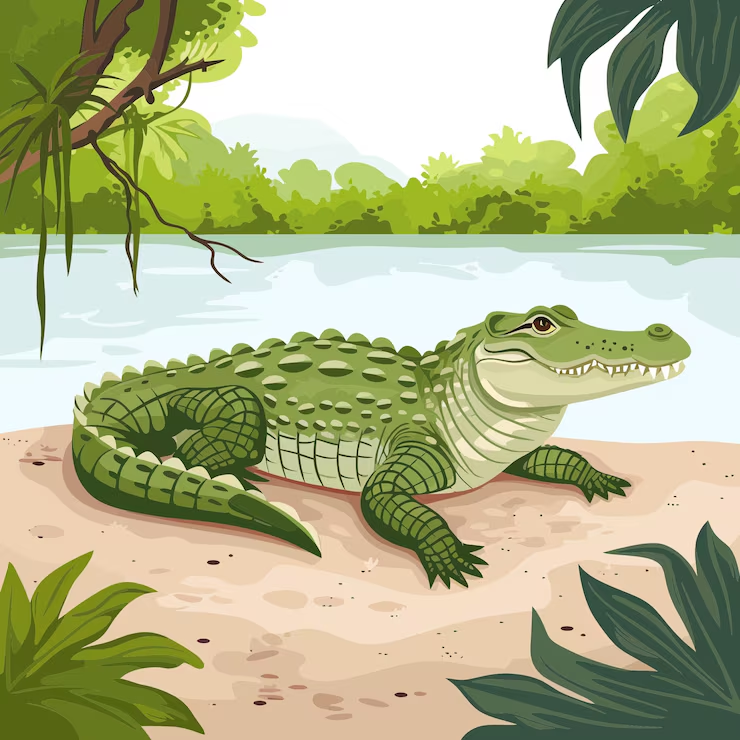Lecturer: Right. This morning, I want to give you a brief introduction to a different kind of habitat, American salt marshes. And then we'll examine a particular inhabitant of the marsh, the horseshoe crab. Okay. So what are the defining features of a salt marsh to begin with? Well, salt marshes are found on the coast in various parts of The USA.
They are really areas between land and water. Obviously, these are very wet areas, and the salinity that's the amount of salt in the water ranges from 1ocean strength to almost fresh in other words, very low indeed. And the salt marshes are affected by daily changes in sea levels. The sea might wash in over them as frequently as twice a day, so the habitat is constantly changing. The amount of salt in the water rises and falls, as does the 2depth and warmth of the water.
We'll be having a detailed look at the horseshoe crab in a moment, but marshes provide plentiful food for other creatures that feed there too, such as worms and shrimps. This food comes in the form of 3plants that thrive there. Interestingly enough, two hundred years ago, the flow of water in marshland in The United States was controlled so that 4rice could be grown there. Little is grown there today, but 15% of coastal marshes are enclosed artificially in order to attract wild birds to the area, and we'll be examining those too.
Lecturer: But before looking at the wildlife, there are a few political issues to make you aware of.
There are always controversial issues when humans decide to make changes to natural habitats. During the past twenty years, many objections have been voiced to the building of artificial earth walls, or dikes, to use the correct term, on salt marshes to control the natural flow of seawater. 5Since the walls restrict the movement of high volumes of water, this means that the natural habitat of local aquatic life is reduced. And because the water is shallower, the temperature of the water may rise significantly during periods of low rainfall. In addition, although the insects are very happy there, many people are unhappy with the dikes.
6This isn't because they distract from the natural beauty of the landscape, but because their presence means it's more difficult for walkers who appreciate the marshes, to go where they want. There is controversy over the different values placed on the resources of the marshes. Some people would like to see them used more fully for hunting, while others would like to see business permits granted to allow for further development. Interestingly, 7in the mid twentieth century, marshes were not thought of as valuable at all, and over half of the salt marshes in The USA were destroyed at that time. In the Maine, this was due to filling the marshes to create more land for housing developments and to control the mosquito population.
8However, state laws now do reflect the importance and growing appreciation of marshes, not only as natural habitats, but also because they provide a natural barrier against storm damage and therefore limit the amount of land lost to the sea.
Lecturer: Right. We'll be debating some of those issues in the seminars, but let's now turn our attention to the horseshoe crab, which is the focus of our study this morning. Horseshoe crabs have changed very little in the last three hundred and fifty million years. I find them interesting in many ways because they are in fact distant relatives of the spider and not crabs at all.
They look quite dangerous. In fact, they are absolutely harmless. The horseshoe crab's main diet is one of 9shellfish, but they will eat worms too. The crab places its food near its mouth in the center of its underside where its legs are attached and grinds and crushes it there. It has five pairs of legs.
The female lays between two hundred and three hundred eggs and comes ashore to do that. This process takes place in 10spring before the sand heats up in the summer months. Right. What I'm gonna do now is show you some photos.

![[Forecast Q2-2025] - Biology lecture](https://static.helik.app/reading/8fd3d7d2-ccf9-47a3-8920-2e7a3b0d6607)
![[Forecast Q2-2025] - Living in the City](https://static.helik.app/reading/1a60bcf3-f3a7-4e9b-97a2-94d156a0de3b)
![[Forecast Q2-2025] - Student Union](https://static.helik.app/reading/fb443123-8c1d-447e-8c79-5a01650f4754)
![[Forecast Q2-2025] - Fruit-picking Job in an Orchard](https://static.helik.app/reading/e1968346-6c55-44ae-b8d3-f6a4fb7207b9)
![[Forecast Q2-2025] - University Crime Prevention](https://static.helik.app/reading/bdda593e-16d6-4c72-8a12-b116e917b27c)
![[Forecast Q2-2025] - Business Course](https://static.helik.app/reading/3308e282-99a6-4bcb-9d22-0b488701d968)
![[C20T1] - Choosing a restaurant](https://static.helik.app/reading/e9b21123-c43c-42fb-88b7-5d0be3a37e03)
